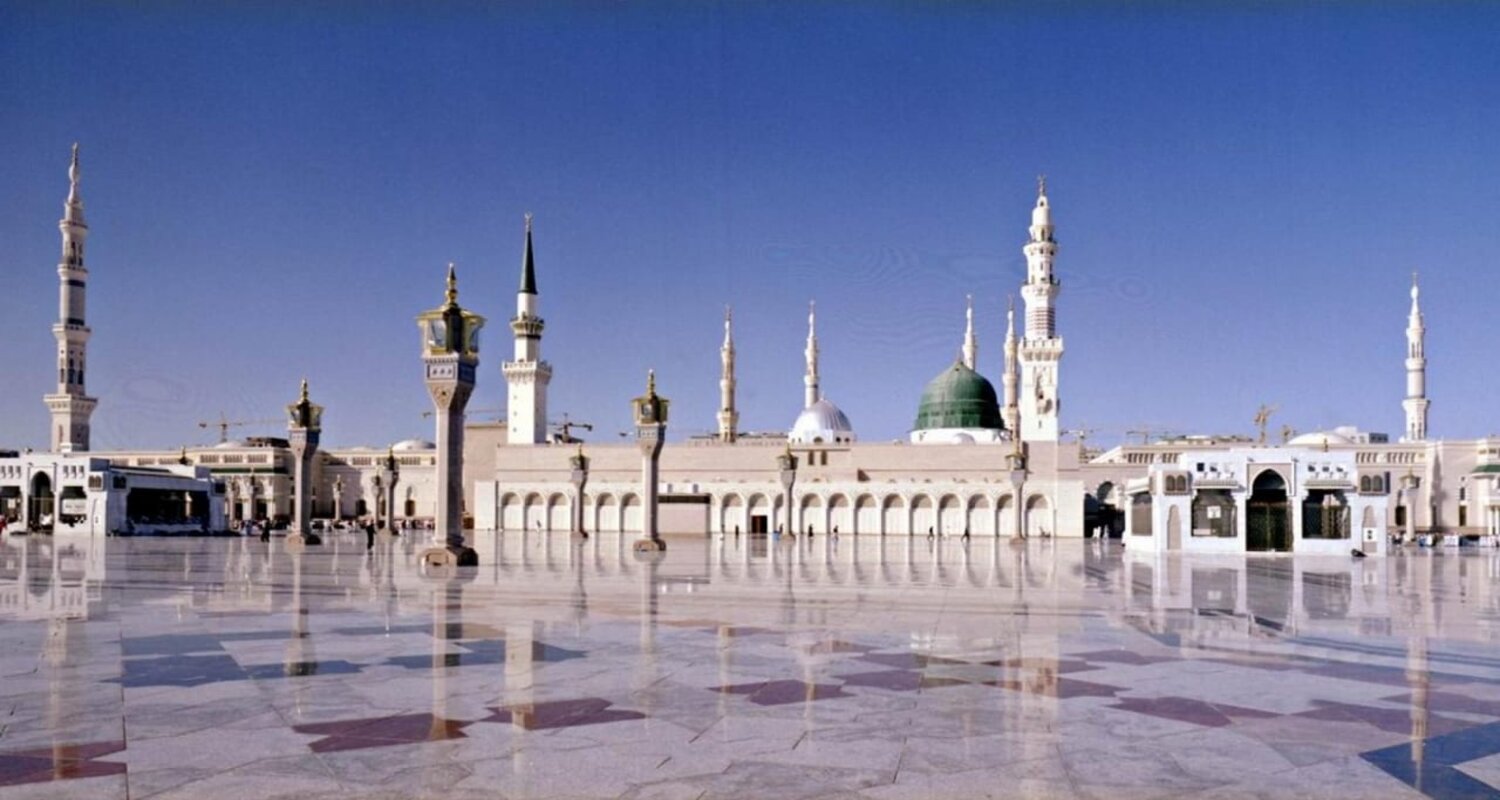
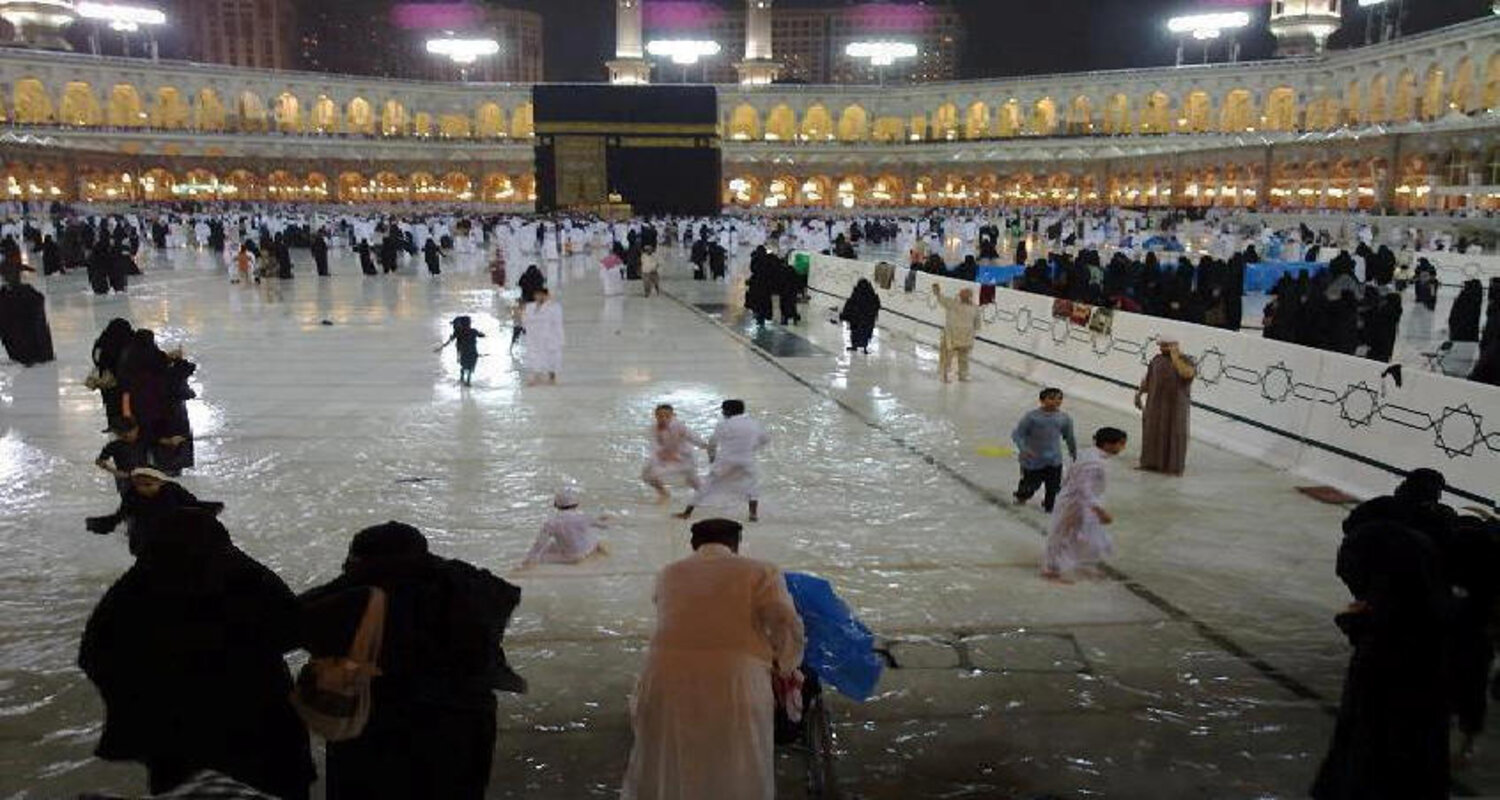
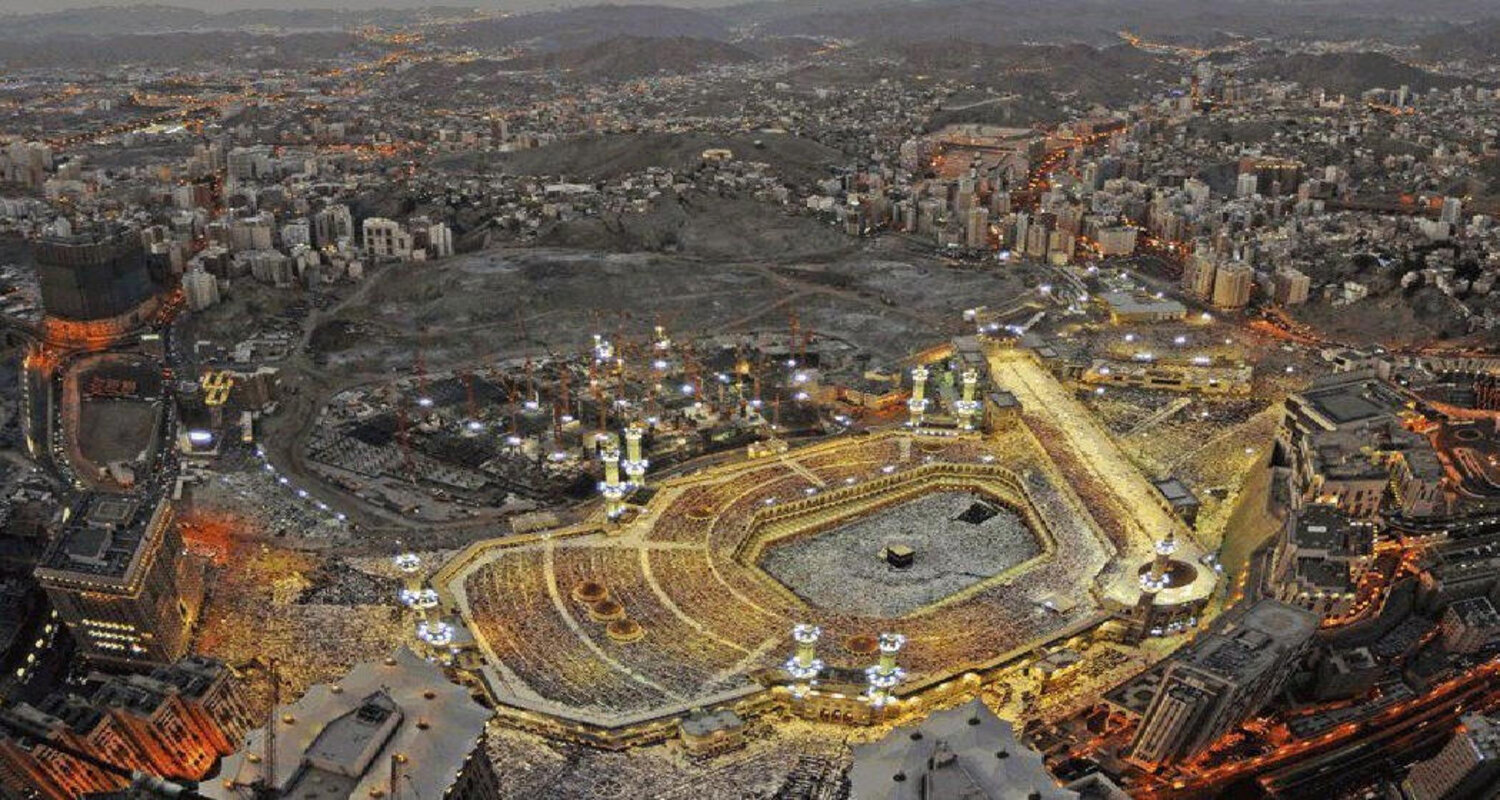

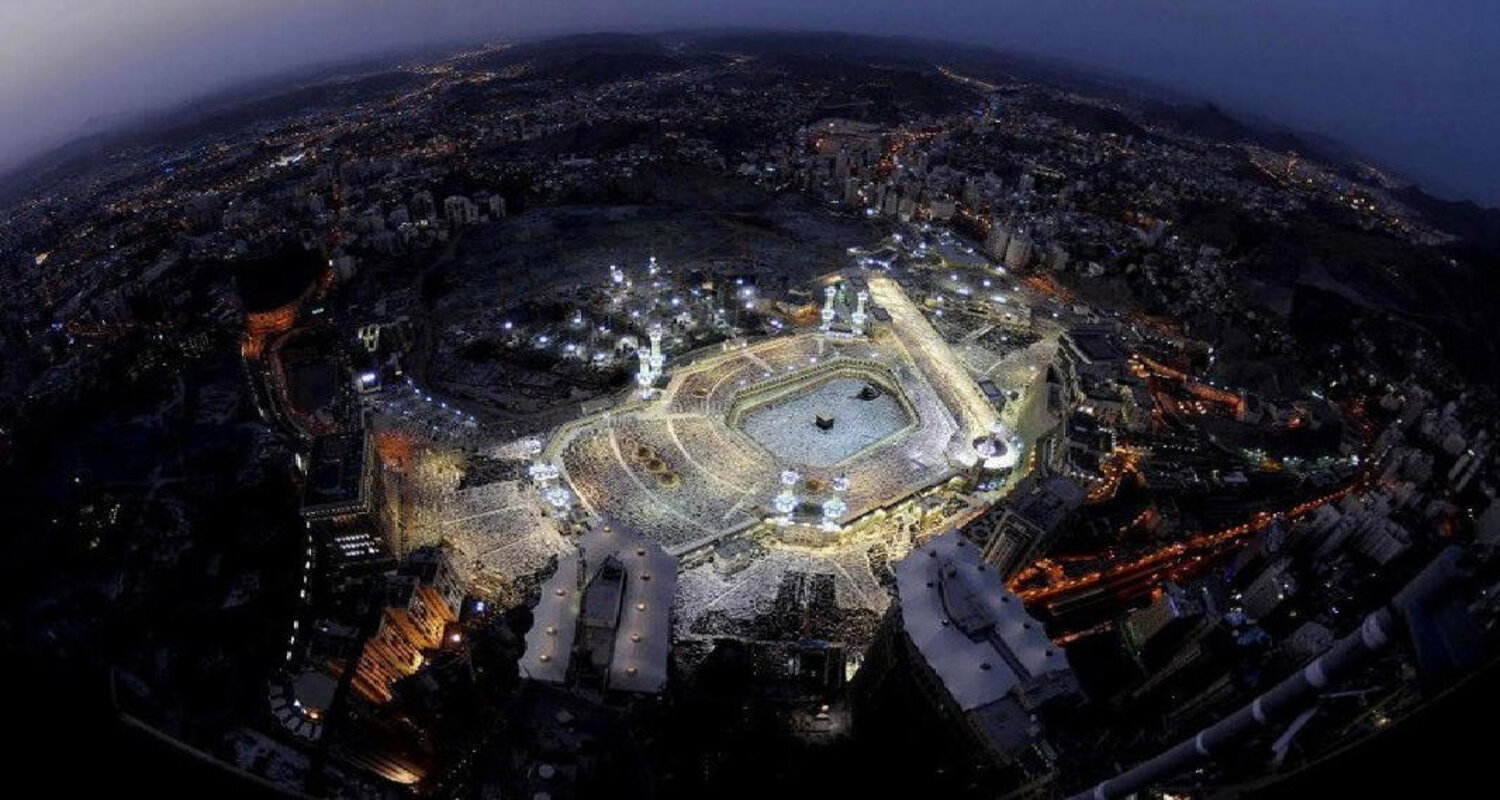
Package available from All over India!
Welcome to
Safaralmadina.com
Upcoming Events
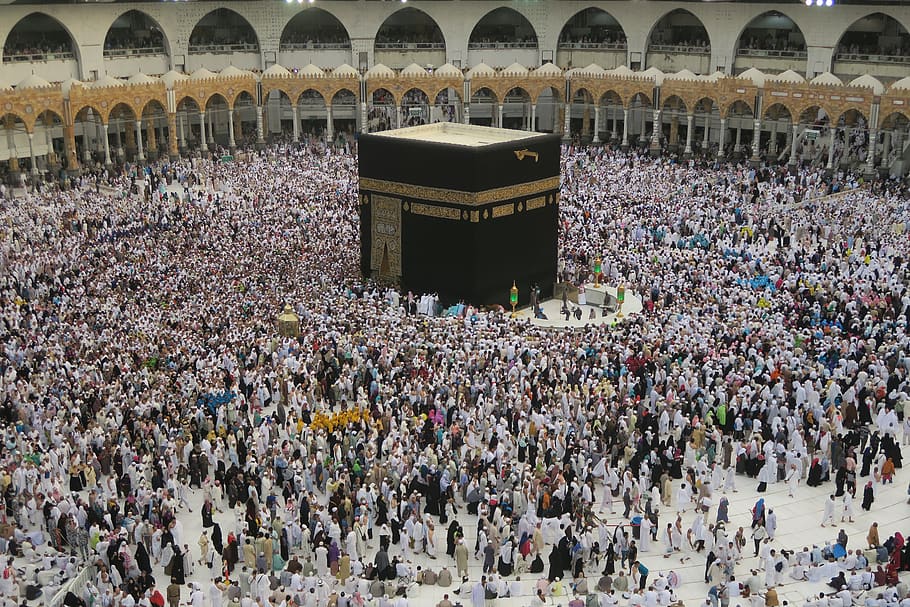
Hajj 2026
When is Hajj 2026? Rituals of Hajj 2026 will commence from the evening of Sunday-May 24,2026 and will continue till the evening of Frdida-29 May, 2026. This is the tentative date as the actual date is contingent on the sighting of the moon of Dhul Hijjah, 1447, the 12th and last month of Islamic Calendar.

Umrah
Umrah is the name given to a pilgrimage to Mecca, a shorter version of the annual Hajj gathering. The word “Umrah” in Arabic means “visiting a populated place”. Umrah offers an opportunity for Muslims to refresh their faith, seek forgiveness and pray for their needs. One who performs it is said to be cleansed of their sins.
Pilgrims Spot

There are a number of places in Makkah where a visitor needs to do the Ziyaraats.
In Makkah ziyarat places, first place to be mentioned is the place of birth of The Holy Prophet (S.A). Until 1950, there was a mosque at that place, and afterwards it was converted into the library. This place is near to Marwah. The birth of The Holy Prophet (S.A) took place on Monday 22 April, 571. This is the same year when Abraha showed an intention to deconstruct Bait Ullah.

The Cave of Hira
The cave of Hira will be your second place of Ziyarah. The Holy Prophet (S.A) used to go there and used to offer prayers. This place is five kilometers away from Masjid-e-Haram. People used to climb the mountain and it will take yourself about 45 minutes to reach out to the peak. During the season of Hajj, it takes you a lot of the time to reach out there. This is the same place in which the first wahi was bestowed on The Holy Prophet (S.A). According to history, it was Monday 12 February, 610.

The Cave of Saur
The third place in Makkah ziyarat places is the cave of Saur , this is the place where The Holy Prophet (S.A) spent three days and three nights with Hazrat Abu Bakar (R.A) when he migrated from Makkah to Madinah. The daughter of Hazrat Abu Bakar (R.A) used to bring food for them at the same place and the slave of him used to provide milk of goats to the same place. This event was happened at 622 A.D. It takes you one and a half hour to reach out to this place from the ground.

Jabl-e-Rahmat
The fourth place is Jabl-e-Rahmat; this is the place where the forefather of mankind, Hazrat Adam (A.M) met with her wife after forty years. This is twenty kilometers away from Makkah City. There was a stream of water near to this mountain, and that was known as Zubaida Stream, it was constructed on the instructions of Queen Zubaida. The government is making efforts to reinstate this stream.
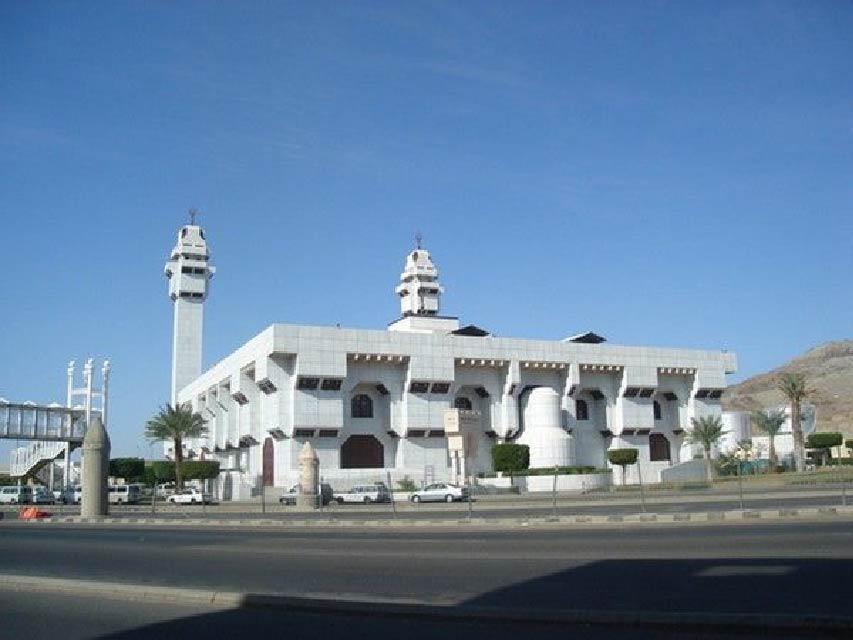
Ayesha Mosque
The fifth place is Ayesha Mosque, this is the place where pilgrims put on their Ahrams. The historical evidence of this place is that Hazrat Ayesha (R.A) stayed and put on Ahram at the instructions of The Holy Prophet (S.A). People used to take the bath before putting on Ahram at this place. This place is the limit of Haram. Non Muslims are not allowed to cross over this place. People used to offer nafl at this place to start their journey for Umrah.
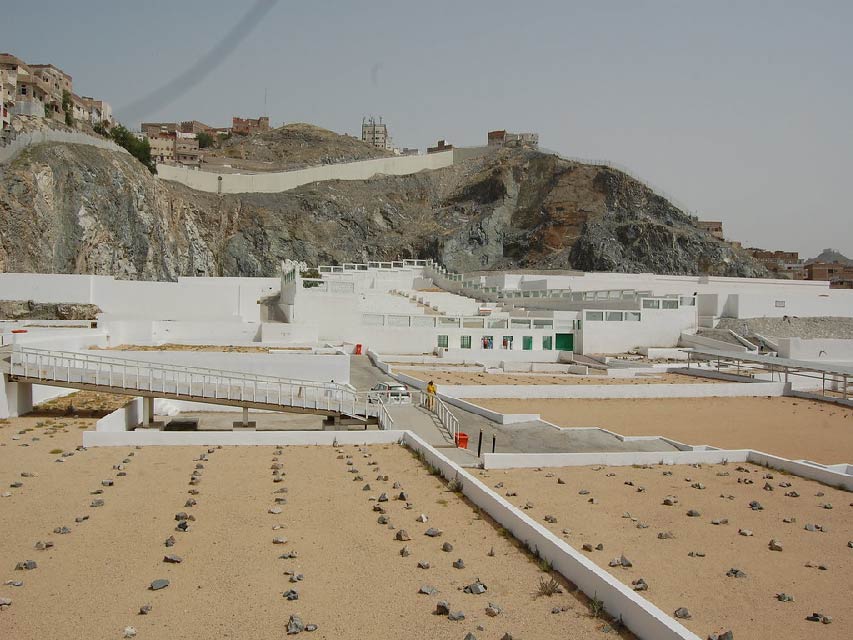
Jannat ul Moallah
Ziyarat in Makkah also entails the visit to Jannat ul Moallah, it is also a historical place in the history of Islam. This is a place where the first wife of The Holy Prophet (S.A), Hazrat Khadija (R.A) was buried. Along with Hazrat Khadija (R.A) few other close relatives of The Holy Prophet (S.A) were also buried. Until Hazrat Khadija (R.A) remained alive, the Holy Prophet (S.A) did not do any other marriage. She was the mother of six child of Holy Prophet (S.A).

Masjid-e-Jin
Near to this Jannat ul Muallah, there is a mosque known as Masjid-e-Jin. In that place the Jin (Sprits) did ‘bait’ to obey the commands of the Holy Prophet (S.A). This is also a historical place in the history of Islam.
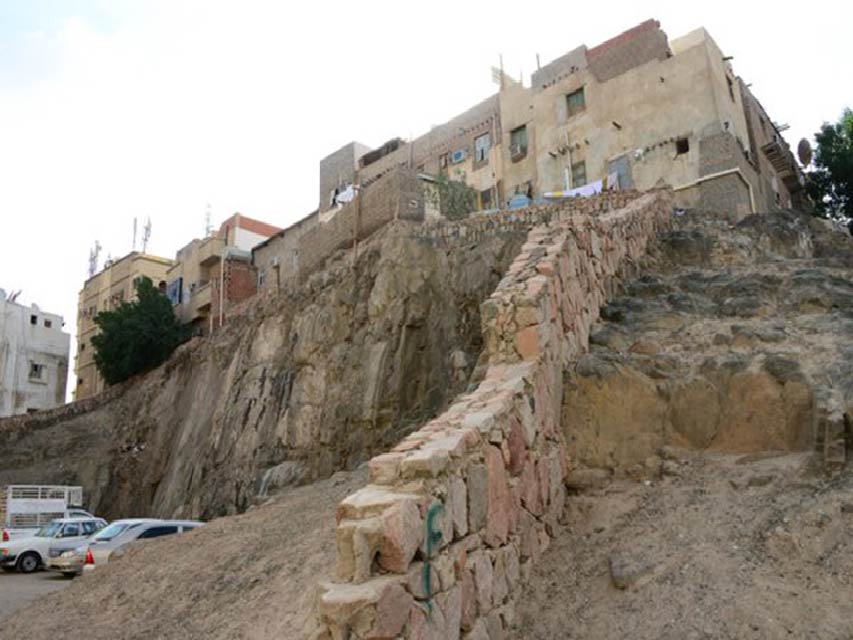
Mount Dhubab
Mount Dhubab (also known as Mount Ra’yah) is where a famous miracle took place during the digging of the trench. The Prophet (ﷺ) struck a large rock which was reduced to pieces and emitted a light. Upon this the Prophet (ﷺ) gave the Muslims the glad tidings of the coming victories over Syria, Persia and Yemen.
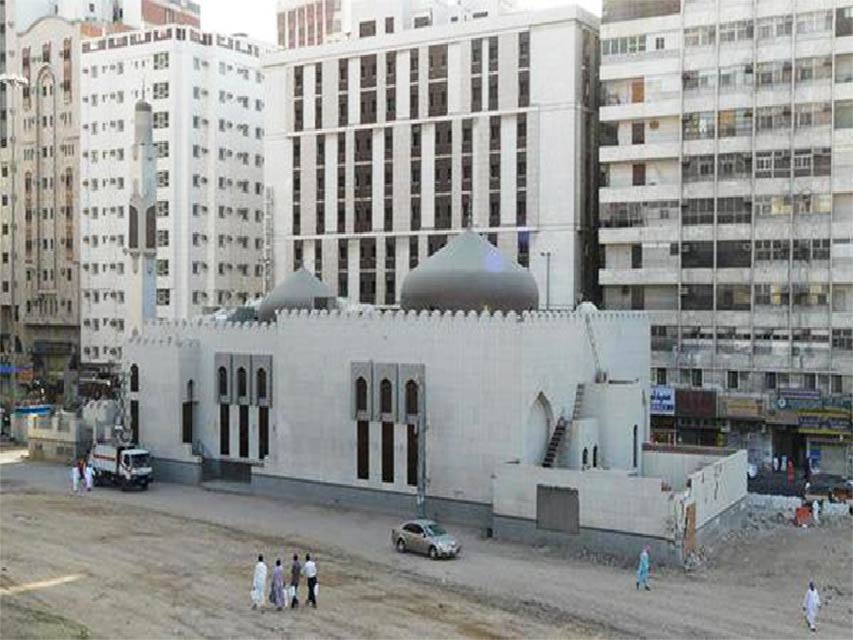
Masjid Ra’yah
Masjid Ra’yah (masjid of the flag) is situated on the top of Mount Dhubab. During the digging of the trench (Khandaq) the tent of the Prophet (ﷺ) was pitched at this spot.
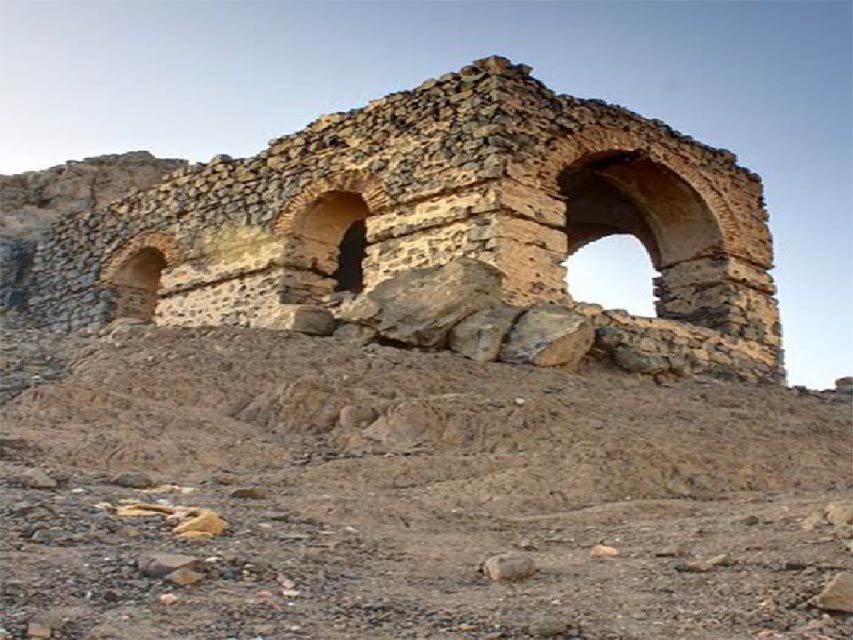
Cave of Bani Haram
Muadh-bin-Jabal (رضي الله عنه) was once looking for the Prophet (ﷺ) and kept enquiring after his whereabouts until he finally found him in prostration in the above cave. The Prophet (ﷺ) remained in prostration for a long time, then said, “Jibraeel came to me and said, ‘Allah, Blessed and Exalted is He, gives you His salam and says to you, “How would you like me to treat your community?’” I said, ‘Allah knows best!’ So he went, then returned saying, ‘He says to you, ”I shall never distress you on account of your community.’” So I prostrated myself, for the best that a slave can do to draw nearer to God is prostration.” [Al-Haytami, Majma al-Zawaid]
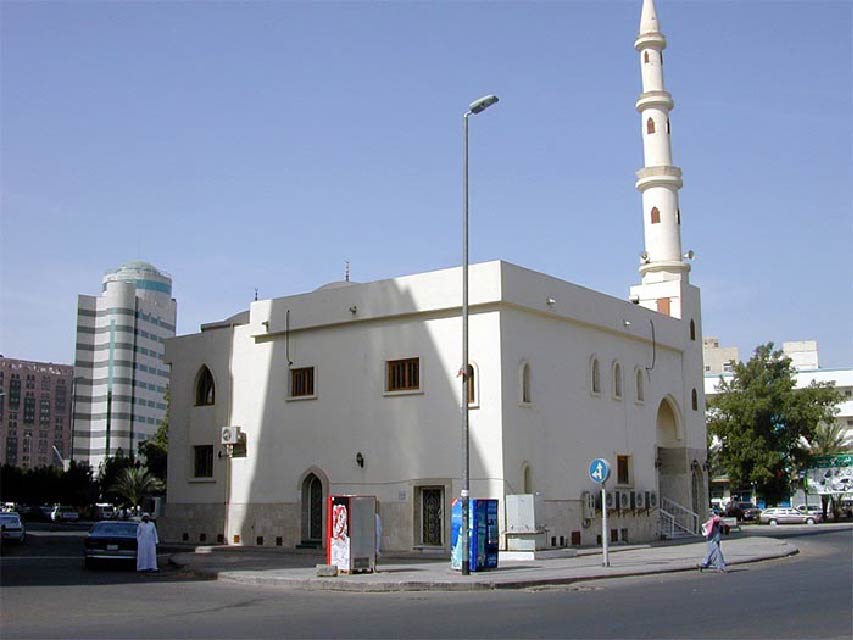
Masjid Bani Haram
The meal was placed in front of the Prophet (ﷺ) who blessed it. He then took out some food from the pot and served his companions, keeping both the pot and the oven covered. There were ten sitting down with him,and when they had all eaten their fill they rose and went to their homes, making room for ten more, and so it went on until all the workers at the trench had satisfied their hunger. Amazingly there still remained some mutton and some bread.
After everyone had eaten the Prophet (ﷺ) said, “Eat and give to other people for they have suffered hunger!”. [Al-Bukhari]
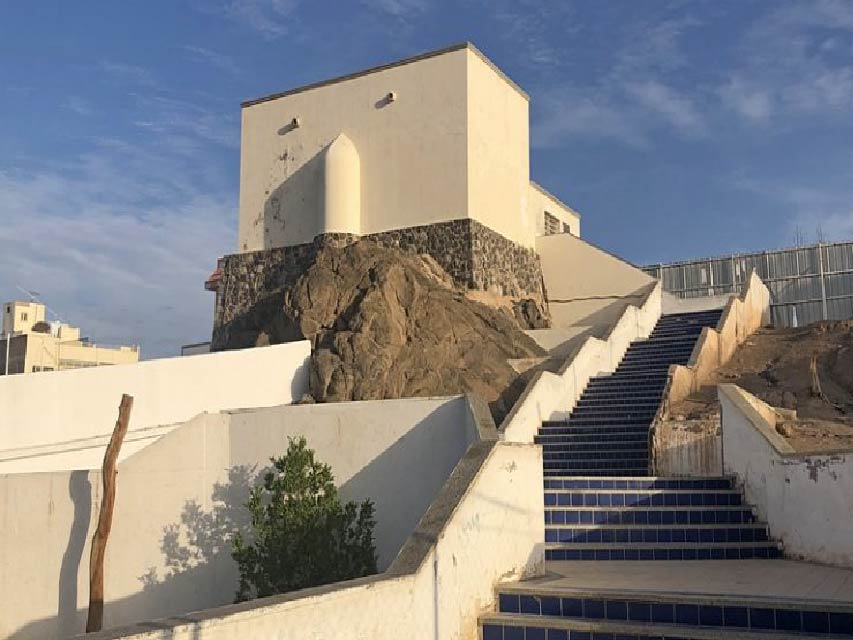
Masjid Fatah
This masjid is where the Prophet Muhammad (ﷺ) made dua (supplication) during the Battle of Ahzab and where Allah (ﷻ) sent him the glad tidings of victory.
Jabir (رضي الله عنه) reports that the Prophet (ﷺ) made dua for three days (after the ritual prayers).
From amongst his supplications were:“O Allah, Revealer of the Book, swift in taking account, turn the confederates to flight, O Lord defeat them and cause them to quake.””There is no God but Allah, the One who Conferred upon His armies the honour of victory and helped His servant and routed the confederates alone; there is nothing after that.”
Allah (ﷻ) answered the call of His Messenger and Jibraeel (عليه السلام) was sent to give him glad tidings of victory. The masjid marks the spot where this happened. Fatah is Arabic for victory.
Masjid Fatah is also known as Masjid Ahzab and Masjid A’la. A masjid existed here at the time of the Prophet (ﷺ).

Garden of Salman Farsi (رضي الله عنه)
Salman the Persian (رضي الله عنه) came to the Prophet (ﷺ) to seek his counsel and his help. His master, a Jew of the Bani Quraizah, kept him so hard at work on his property south of Madinah that he had never been able to have close contact with the Muslim community. It had been out of the question for him to be at Badr or Uhud or take part in any of the lesser forays which the Prophet had led or sent out during the last four years.
He had asked his master what it would cost to set him free, but the price was far beyond his means. He would have to pay forty ounces of gold and plant three hundred date palms. The Prophet told him to write his master an agreement to pay the gold and plant the trees. Then he called on his Companions to help Salman with the palms, which they did, one contributing thirty palm-shoots, another twenty, and so on, until the full number had been reached. “Go dig the holes for them Salman,” said the Prophet, “and tell me when thou hast done, and mine is the hand that shall put them in.” The Companions helped Salman to prepare the ground, and the Prophet (ﷺ) planted each of the three hundred shoots, which all took root and thrived.